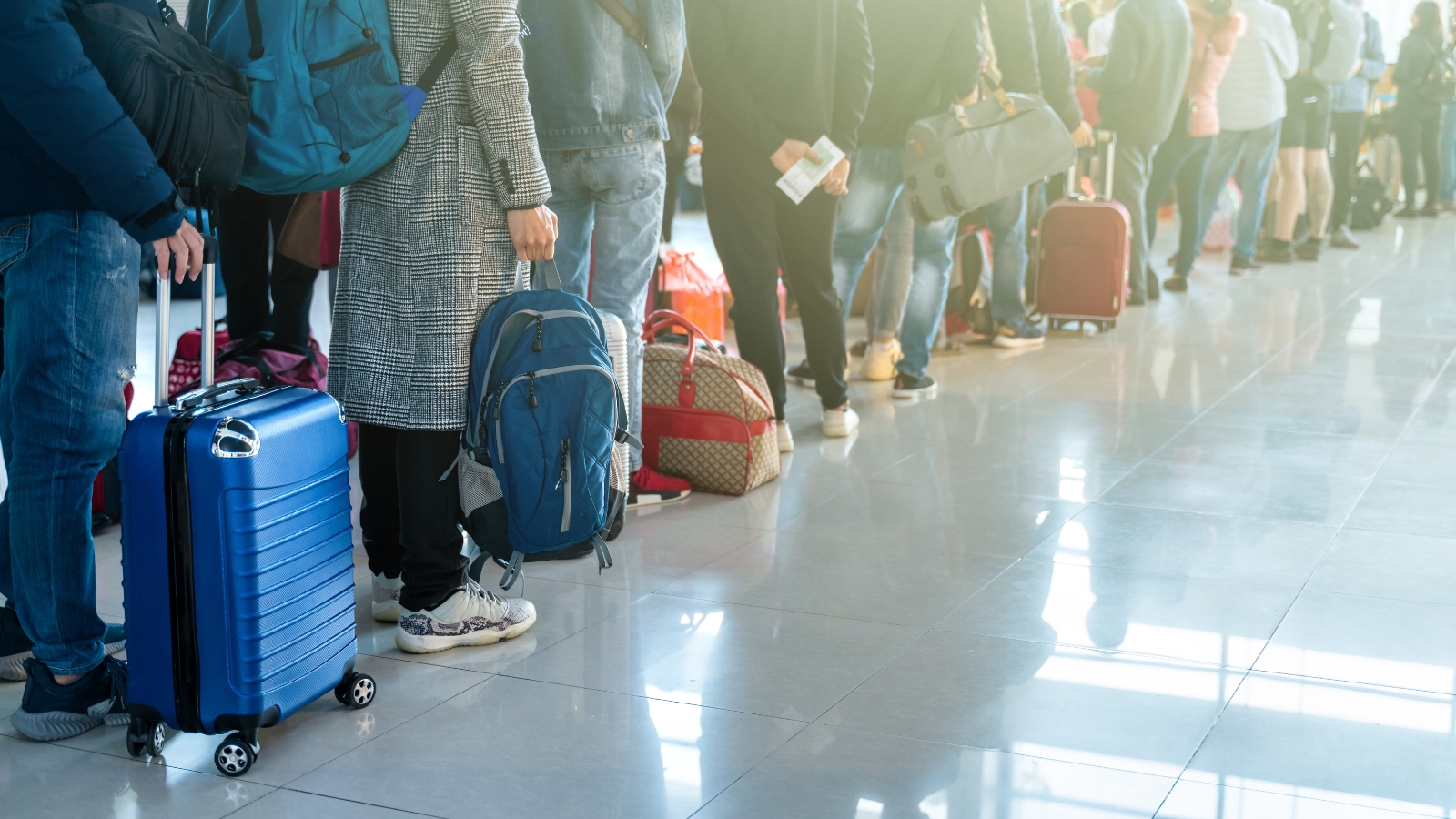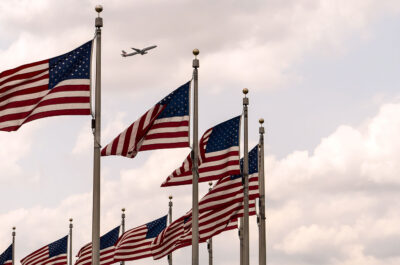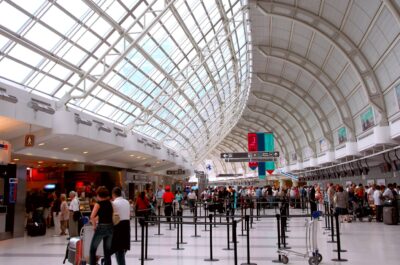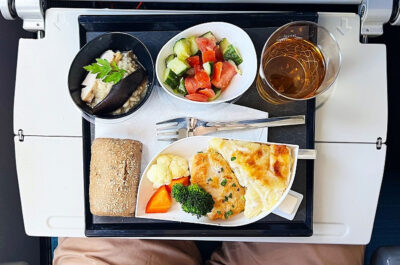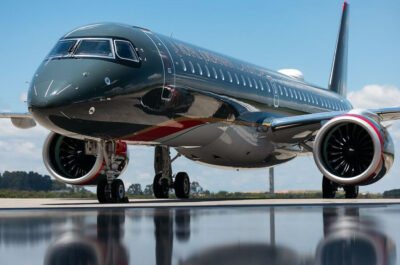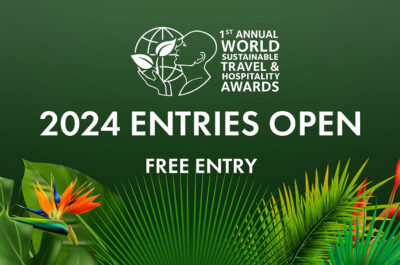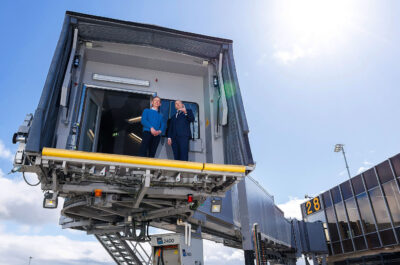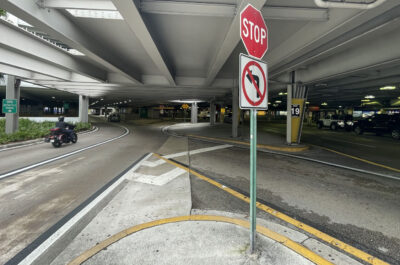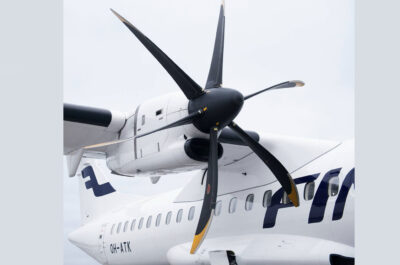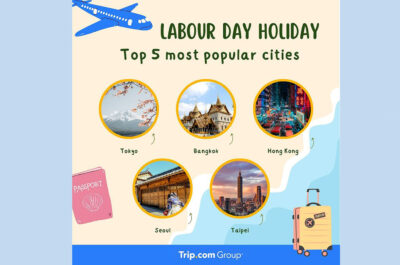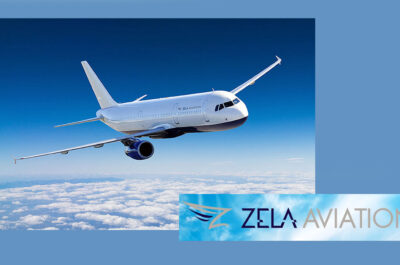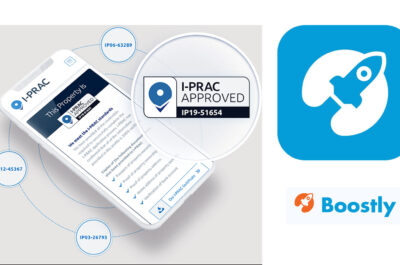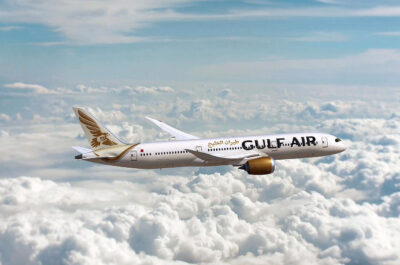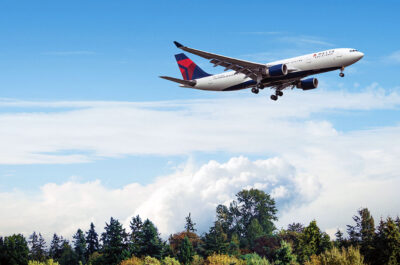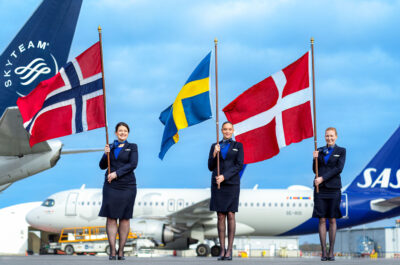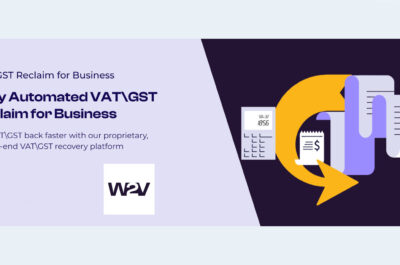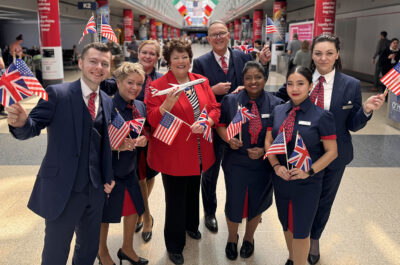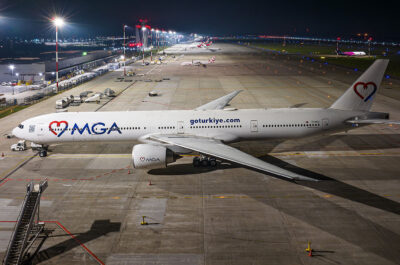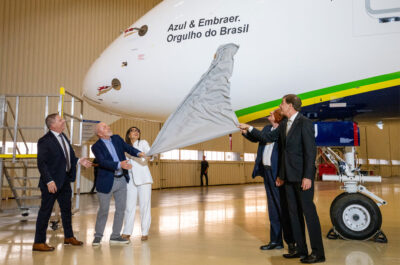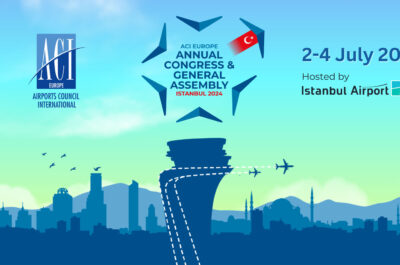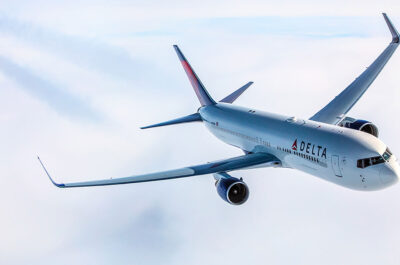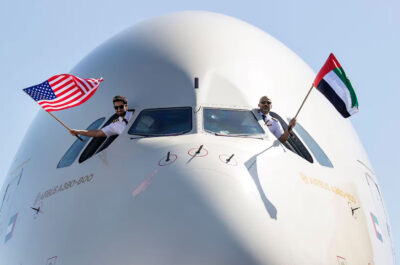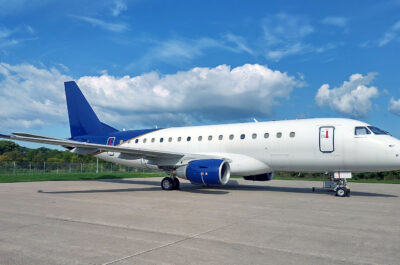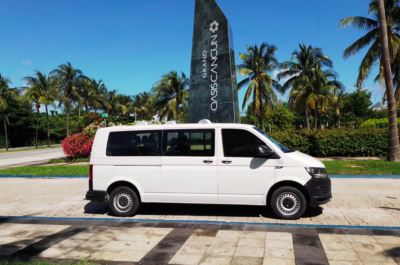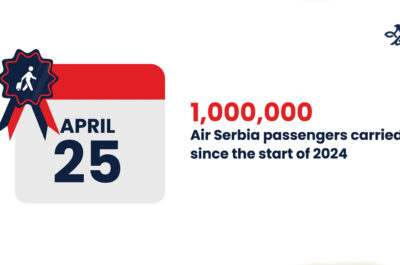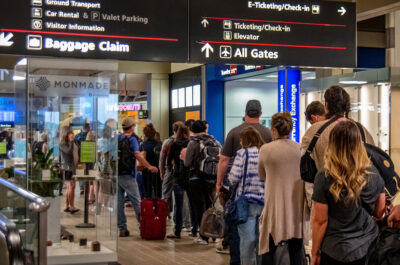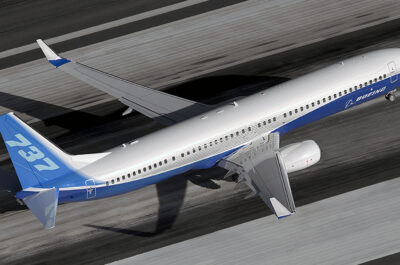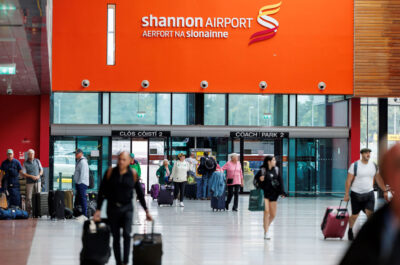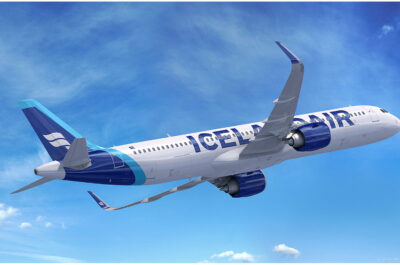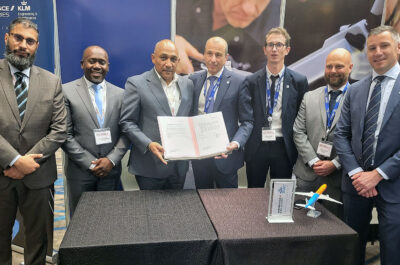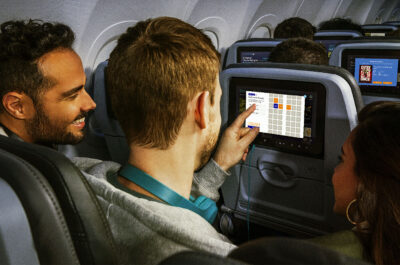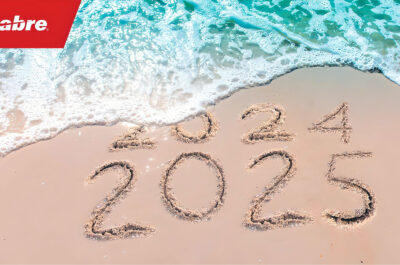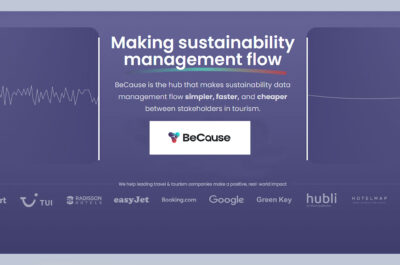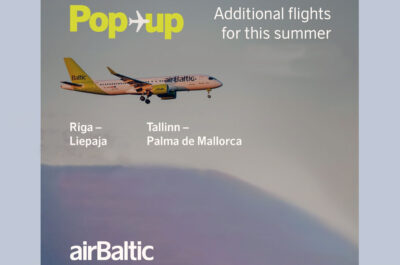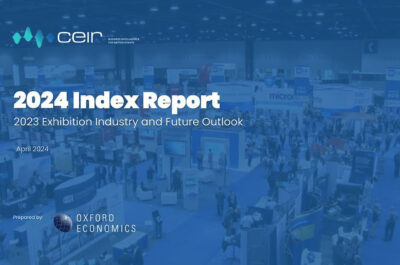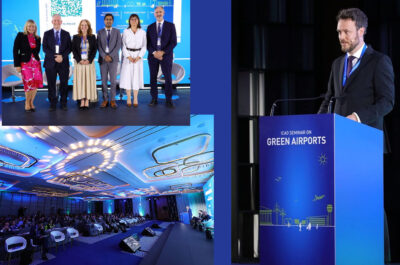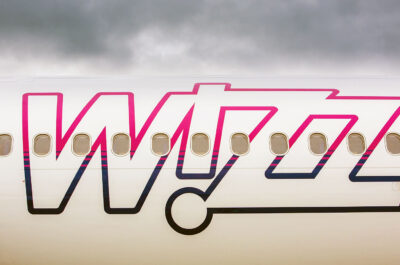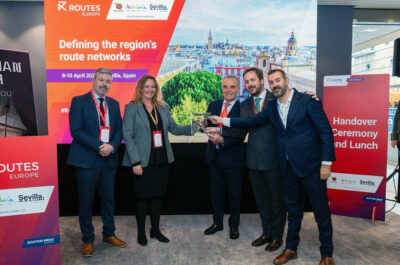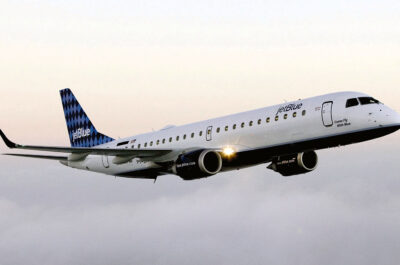Passengers expect streamlined processes and minimal wait times. They’re keen on using biometrics to expedite procedures, prefer to complete more processes off-site, and arrive at the airport ready to fly.
CHICAGO – The International Air Transport Association (IATA) announced the results of its 2023 Global Passenger Survey (GPS), showing that travelers continue to prioritize speed and convenience and are increasingly embracing biometrics and off-airport processes to deliver it.
“Passengers have made it clear: they want to spend less time booking and move through the airport faster. And they are increasingly willing to use biometric data to complete more pre-departure tasks off airport to achieve this,” said Nick Careen, IATA’s Senior Vice President for Operations, Safety and Security.
Planning and Booking
Passengers want convenience when they plan their travel and when choosing from where to depart. Their preference is to fly from an airport close to home, have all booking options and services available in one single place and pay with their preferred payment method.
- Proximity to the airport was passengers’ main priority when choosing their departure point (71%). This was more important than ticket price (31%).
- A small majority of passengers prefer to book directly with the airline (52%). Regardless of booking channel used however, they would like to have complete visibility into the fare offer including easy access to optional products and services.
“Today’s travelers expect the same online experience as they get from major online retailers. The Modern Airline Retailing program responds to these needs. Whichever shopping channel passengers choose, airlines want to present them with all the options for even quicker and more convenient booking. When Modern Airline Retailing is fully realized, travelers will be able to track their air travel purchases with a single order number – simple and fast. It will also greatly simplify reaccommodating travelers in the event of a change or a disruption,” said Muhammad Albakri, IATA’s Senior Vice President for Financial Settlement and Distribution Services.
Payment
- Convenience was the main reason passengers chose a particular payment method (62%). Among seven different payment methods, the most popular was credit / debit card (73%), followed by digital wallet (18%) and bank transfer (18%). At the same time, there are very wide regional variations in credit card usage. Credit / debit cards are most popular in Latin America (85%), Europe (81%) and North America (74%) with the lowest preference being in Africa (57%). Digital wallet penetration most popular in the Asia Pacific region, where 41% of respondents cited this as the preferred option. The next highest market was Europe (15%) followed by Middle East (14%). Among the regions, direct bank transfer was the most preferred payment method in Africa (36%), followed by the Middle East (21%). IATA has developed IATA Pay, an alternative method for travelers to pay for air tickets purchased online by directly debiting their bank account.
- Payment issues cited by respondents included the inability to use their preferred option or to pay in installments; others cited a tedious payment process and concerns over payment security. Furthermore, 25% of potential product/services sales during the customer journey could not be eventually completed because of payment issues.
“Payment needs to be seen as part of the commercial offer and not just as a financial transaction at the end of the sale. Customers want to be able to use their preferred payment method with convenience and security. Each market is different and there is no one-size-fits-all answer. If a preferred payment method is not available or too complicated, the potential sale may be lost. Ensuring the customer can use their preferred payment method more often is a key part of the Modern Airline Retailing program,” said Albakri.
Travel Facilitation
Complex visa requirements deter travelers who want a convenient, digital online visa process. Moreover, many are willing to share their immigration information for faster airport immigration procedures.
- 36% of travelers said they have been discouraged from traveling to a particular destination because of the immigration requirements. Process complexity was highlighted as the main deterrent by 49% of travelers, 19% cited costs and 8% privacy concerns.
- Where visas are required, 66% of travelers want to obtain a visa online prior to travel, 20% prefer to go to the consulate or embassy and 14% at the airport.
- 87% of travelers indicated they would share their immigration information to speed up the airport arrival process, representing an increase from the 83% reported in 2022.
“Time-consuming and complex visa requirements deter travelers and deprive destination economies of valuable tourist revenues. Time and again, we have seen that when countries remove visa requirements, economies prosper from rising visitor numbers1. Beyond simplified visa procedures, travelers are prepared to share their immigration information if it results in faster and smoother airport processes. Taking advantage of traveler willingness to use online processes and share information in advance is always a win-win solution,” said Careen.
Airport Processes
At the airport, speed is of the essence.
- Passengers expect to move through the airport faster than ever. 74% stated that when traveling with only a carry-on bag, they anticipate going from the curb to the boarding gate in 30 minutes or less, an increase from 54% in 2022.
- Passengers want to complete more processing elements off-airport. 45% of travelers identified immigration as their top pick for off-airport processing. This was up from 32% in 2022. Check-in was the second most popular pick at 33%, followed by baggage check-in (19%). And 91% of passengers are interested in a special program for trusted travelers (background checks) to expedite security screening.
- Passengers want more flexibility and more control in the baggage process. 67% would be interested in home pick-up and delivery, 77% said they would be likely to check in a bag if they could tag it and check it in before they get to the airport and 87% would be willing to check in a bag if they could track it. Also, interest in self-tracking is growing: 57% of travelers have used or want to use electronic bag tags, up from 50% in 2022.
- Confidence in biometric identification is on the rise. In the last 12 months, 46% of passengers used biometrics at the airport, up from 34% in 2022. Furthermore, 75% of passengers prefer using biometric data over traditional passports and boarding passes. Of those who’ve used biometric identification during their travels, 46% reported an 85% satisfaction rate. While data protection remains a concern for half of the travelers, 40% would be more open to biometric solutions if they were confident that their personal information is secure – an increase from 33% in 2022.
“Passengers want technology to work harder, so they spend less time ‘being processed’, standing in queues. And they are willing to use biometric data if it delivers this result. But we need cooperation across the value chain and with governments to make it happen with secure technology that is available today,” said Careen.
IATA’s One ID initiative is revolutionizing airport processes using biometrics so passengers don’t need to stand in queues on departure or on arrival. IATA’s newly developed ‘Digitalization of Admissibility’ standards are the latest advancement with a mechanism to enable passengers to digitally obtain all necessary pre-travel authorizations directly from governments before their trip. With their ‘OK to Fly’ status shared with the airline, travelers can bypass all on-airport document verifications and enjoy an expedited travel process.
“We have the standards and technology to radically improve the international travel experience. But we can only move at the pace that governments allow within their regulations. That’s why a top priority in realizing seamless One ID enabled travel is working with governments to demonstrate that border control can be more secure even while making passenger travel more convenient,” said Careen.
1. When the USA expanded its Visa Waiver Program in 2008, arrivals from the included countries grew by 46% in just three years. Similarly, with India’s Visa on Arrival initiative in 2010, there was a 10.6% increase in arrivals from the benefiting countries. The Republic of Korea and Japan have also reaped the rewards of liberalized visa policies, witnessing surges in arrivals by 64.5% and over 300% respectively after simplifying entry requirements.
Vicky is the co-founder of TravelDailyNews Media Network where she is the Editor-in Chief. She is also responsible for the daily operation and the financial policy. She holds a Bachelor's degree in Tourism Business Administration from the Technical University of Athens and a Master in Business Administration (MBA) from the University of Wales.
She has many years of both academic and industrial experience within the travel industry. She has written/edited numerous articles in various tourism magazines.












